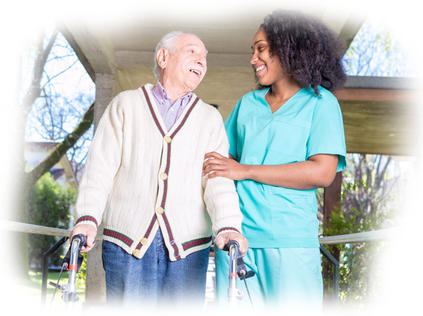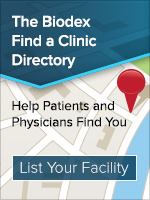- Physical Medicine Home
- Products
- Programs
- Applications
- Find a Clinic
- Blog
- Events
- Education & Training
- In The News
- Press Releases
Patient-Driven Payment Model (PDPM)
Biodex Offers Rehab Technology for Patient-Driven Payment Model Success
| Overview | Products and Benefits |
Overview
 Success in PDPM Starts with Better Functional Outcomes
Success in PDPM Starts with Better Functional Outcomes
Maximize payouts and increase referrals with the right rehab tools
Effective October 1, 2019, RUG-IV is replaced by the Patient-Driven Payment Model (PDPM) as the case-mix classification system for skilled nursing patients. This completely new way of calculating reimbursement moves away from therapy minutes as the basis for payment to a focus on better patient outcomes.
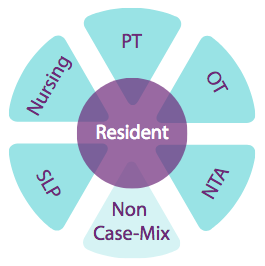 Investing in the right rehab technology now will provide SNF care groups with tools to help them meet the challenges of the Patient-Driven Payment Model – maximizing payouts and driving marketability:
Investing in the right rehab technology now will provide SNF care groups with tools to help them meet the challenges of the Patient-Driven Payment Model – maximizing payouts and driving marketability:
- Safer Group/Concurrent Therapy
- Objective Documentation
- Standardized Testing & Training
- Evidence-Based Treatments
View the Products and Benefits tab to learn more.
Products and Benefits
Learn how the right technology can help you meet PDPM requirements.
| Balance System™ SD | ||
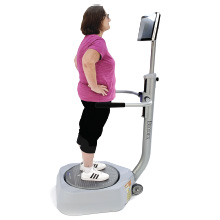 |
Access Standardized Testing & Documentation New changes to reporting requirements in PDPM have made fast, easy-to-acquire documentation vital to reimbursement. Data reporting capabilities in the Balance System SD arm you with quantifiable data to help set treatment goals, measure progress and even request more inpatient days. |
Key Benefits:
|
| Gait Trainer™ 3 with Music-Assisted Therapy | ||
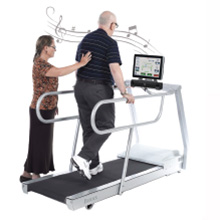 |
Deliver Evidence-Based Treatments The Biodex Gait Trainer 3 puts evidence-based techniques at your fingertips by combining audio cueing, visual biofeedback and music-assisted therapy integration to jumpstart neuroplasticity. Objective reporting lets you quantify patient progress for reimbursement. |
Key Benefits:
|
| BioStep™ 2 Semi-Recumbent Elliptical | ||
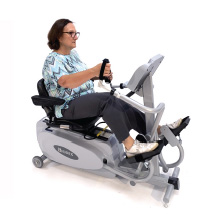 |
Support Functional Movement With PDPM shifting the therapy focus to functional outcomes in less time, elliptical trainers that support a more natural, functional movement will be invaluable. The BioStep provides natural, zero-impact total body exercise to strengthen the muscles specifically associated with mobility, gait and balance. |
Key Benefits:
|
| NxStep™ Unweighing System | ||
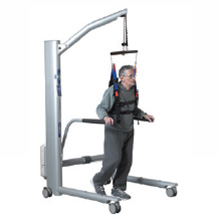 |
Mobilize Patients Earlier in Recovery Studies show that early mobilization positively affects patient outcomes, regardless of age and prior mobility level. By helping to safely mobilize patients earlier, the NxStep Unweighing System helps more complex patients work toward functional goals faster. |
Key Benefits:
|
| FreeStep SAS | ||
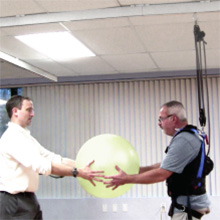 |
Provide Safer Group & Concurrent Therapy As PDPM shifts focus from therapy minutes to timely outcomes, group and concurrent therapy will help SNFs do more with less. FreeStep SAS overhead track allows multiple patients at once to work on therapy goals safely with minimal hands-on therapist involvement. |
Key Benefits:
|
| Mobility Assist™ | ||
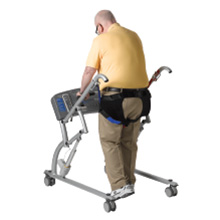 |
Safer Mobility from Rehab to Nursing Supporting both functional biomechanics and early mobilization, Mobility Assist™ is a motorized stand-assist device and walker in one. Versatility and ease of use aids carryover from PT to restorative nursing to ensure the highest level of function for the patient. |
Key Benefits:
|
Additional Documentation
Support

